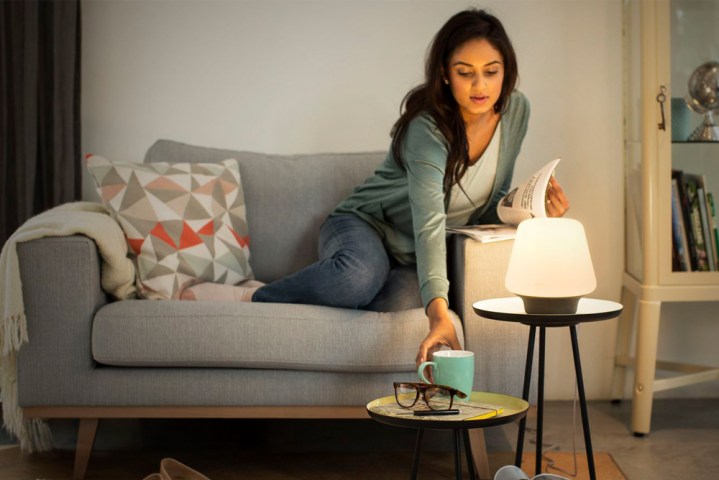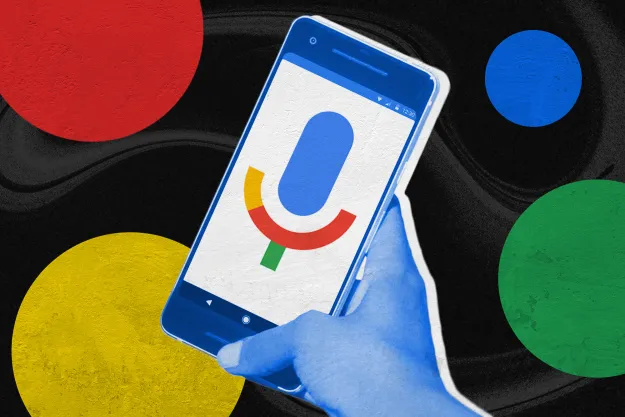
The Philips Hue smart bulbs carved out their own slice of the smart bulb market through tons of features, color choices, and ease of use. While they are by no means the only options for smart lights these days, Philips Hue maintains their place in the market through continuous innovation and constant improvement. Hue Labs, a built-in feature on the app that allows users to try out new features before they are made an official part of the app, is just one example of this.
Now Philips Hue users can implement the Gentle Wake and Gentle Sleep feature with the use of any Google Home device. This feature sets a routine that tells your Philips Hue to gradually dim the lights over half an hour before you sleep (Gentle Sleep) or before you wake (Gentle Wake.) You can set this feature up to 24 hours in advance with a simple phrase. Just say, “Hey Google, wake up my lights in the bedroom at 5 a.m. (or whatever time you choose.)”
If you say, “Hey Google, sleep the lights,” then all of your lights will begin to dim until they shut off entirely half an hour later. If you say, “Hey Google, turn on Gentle Wakeup,” then your Philips Hue lights will begin to brighten with your morning alarms.
This feature was previously available in the Hue App under the Routines tab. The “Wake up” and “Go to sleep” features allow you to set all or some of your lights to fade in or out at a certain time over a given period of minutes. This new functionality makes it controllable via Google Home and adds another level of convenience to your day.
You might say, “So what? Who cares if the lights come on slowly or all at once?” Scientific studies have shown that slowly increasing the brightness of your lights mimics the rise of the sun and helps promote serotonin production. This results in you waking up more alert and ready to face the day. If you struggle to find the energy to get out of bed in the morning — or you fight with grogginess for hours after waking — this is a much-needed boon.
Editors' Recommendations
- The most common Google Home problems and how to fix them
- Google rolls out new Nest Cam features to Google Home for web
- The most common Google Nest Mini problems and how to fix them
- Echo Show 8 vs. Nest Hub: Does Amazon or Google offer the best smart display?
- What is Home Depot’s Hubspace?




